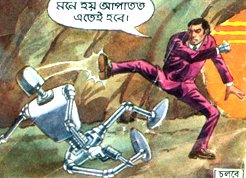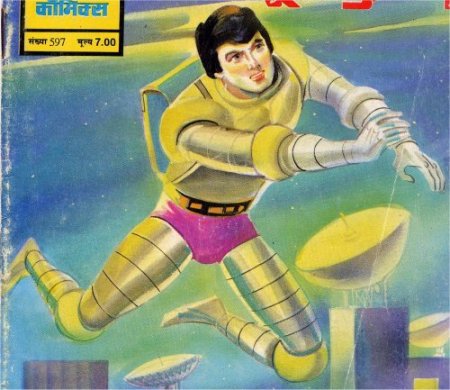There I was, shivering in the winds of the great plains, trying to figure out how, exactly, the Mutineers were going to haze me. Downing a glass of sweet and salty lime water to calm my fluttery stomach, I tried to imagine the worst. Would Abhi race me in rappelling down the face of the North Dakota headquarters? Perhaps Vinod and Manish might make me read aloud from the works of Ayn Rand while standing on one leg? Might Anna challenge me to a literary write-off? Could Sajit make me play some hyped up diasporic version of the Filmigame? Perhaps in the mountain headquarters’ darkened corridors, Ennis would torment me with a tantalizing, mirrored glimpse of a single eye, stirring up Sepia speculation about the rest of his mysterious visage.
Somehow, all these were not so scary. The Ig Nobel prize post, however, reminded me of last year’s peace prize–and the dreaded combination of Karaoke and Antakshari. What could possibly be worse than being made to perform in public like that?
Except, I suppose, that’s what blogging is. Hey, look at me, I’ve got something to say. Well, might as well make it an entertaining group activity. If I had to describe the culture of the South-Asian American community in a single sentence, I might very well hit on this: We’re very supportive–perhaps too supportive–of our children’s performance-related self-esteem. It only takes two or three Diwali shows with a hundred klutzy butterballs bouncing around the stage, adorably off-beat, to realize that we start drinking in theater with our mothers’ milk. This season brings a fresh batch.



 Bajaj shuttles between homes in Norway, France and Pune along a disjoint meridian.
Bajaj shuttles between homes in Norway, France and Pune along a disjoint meridian.





 Amardeep
Amardeep

